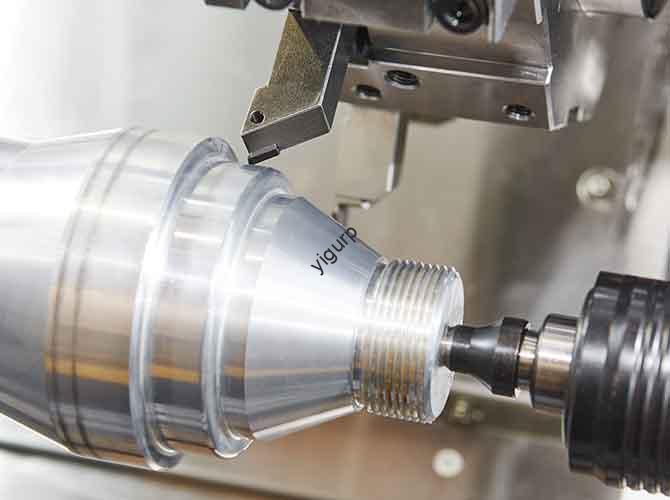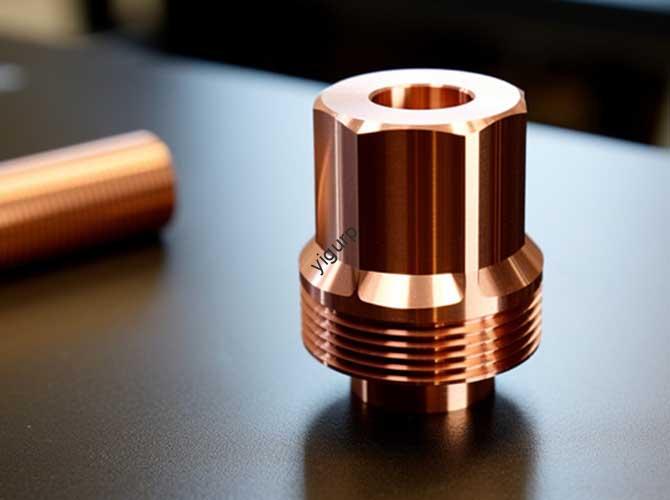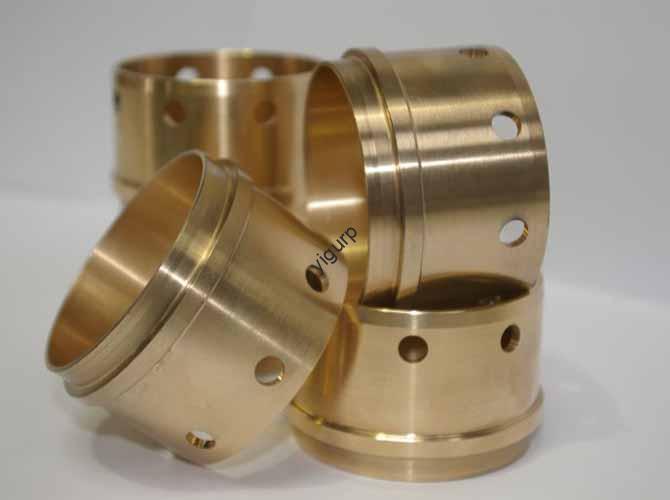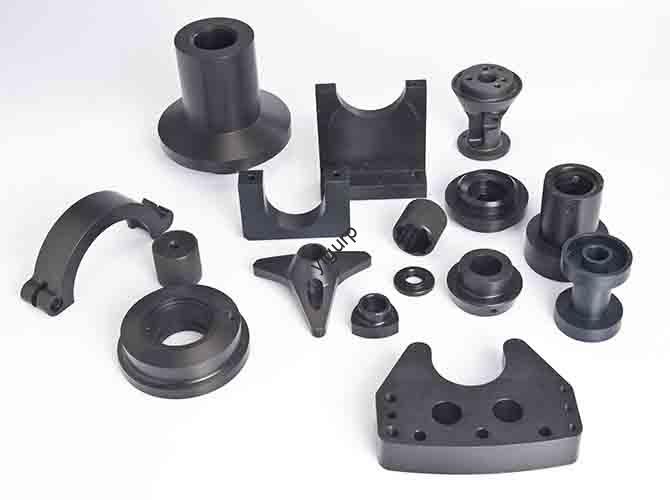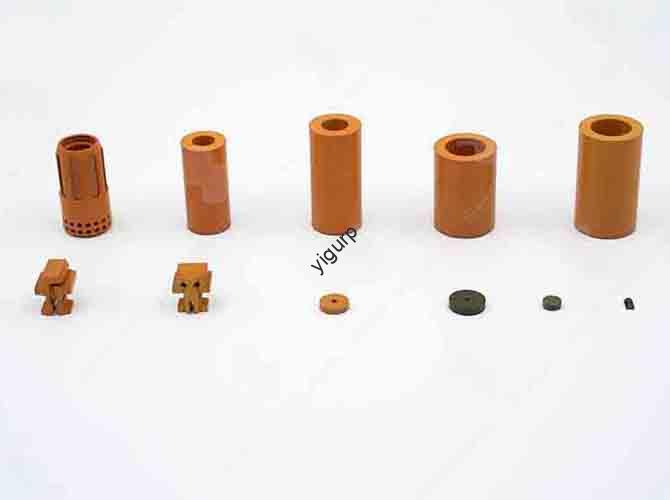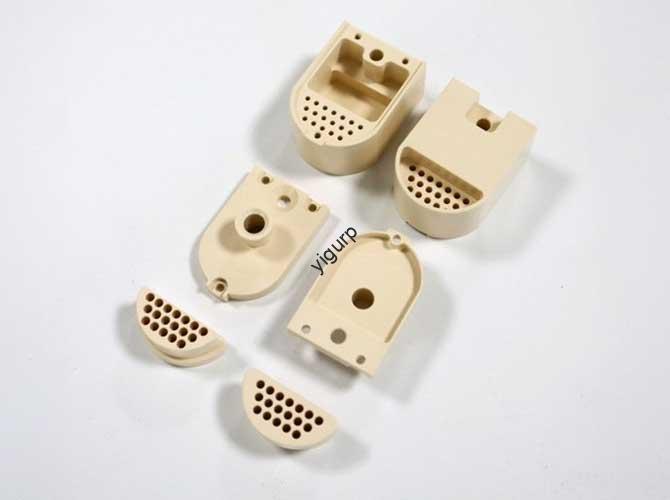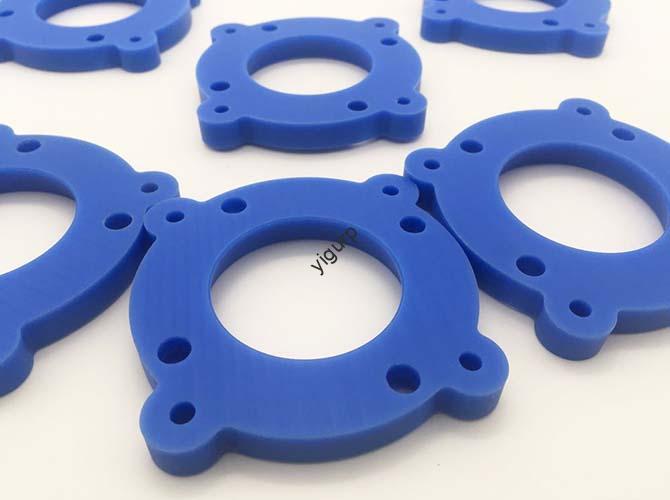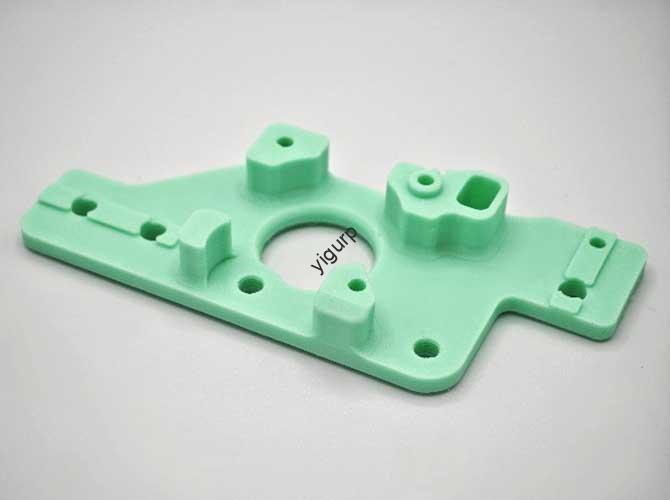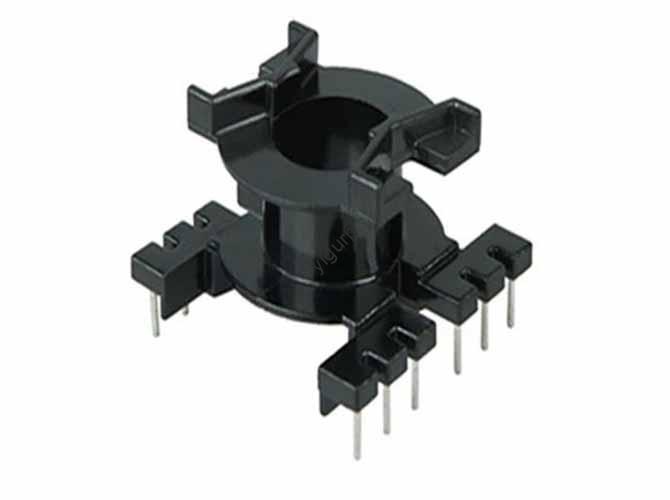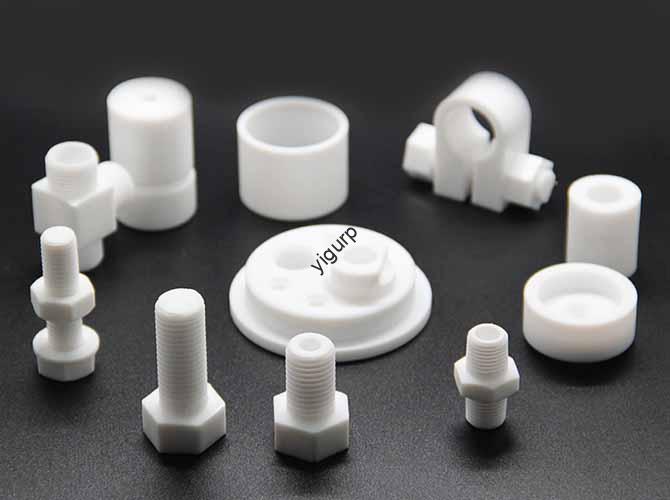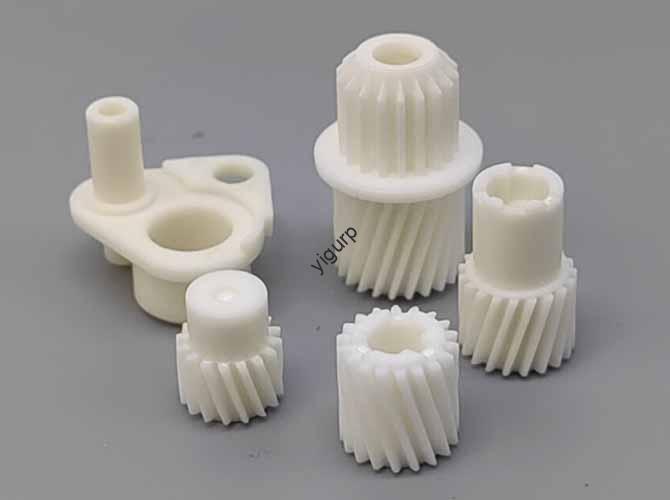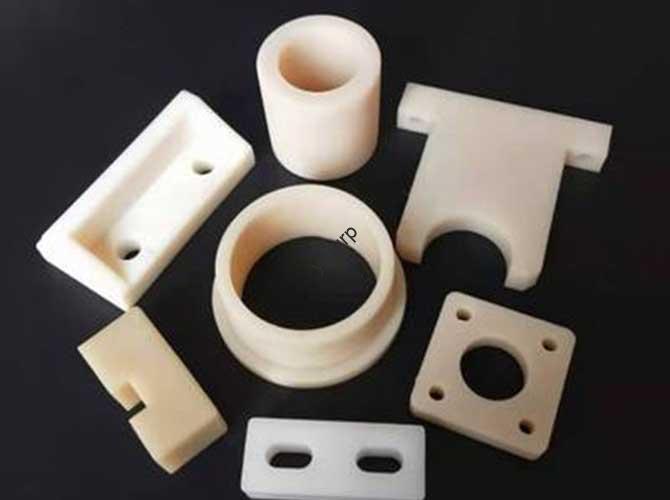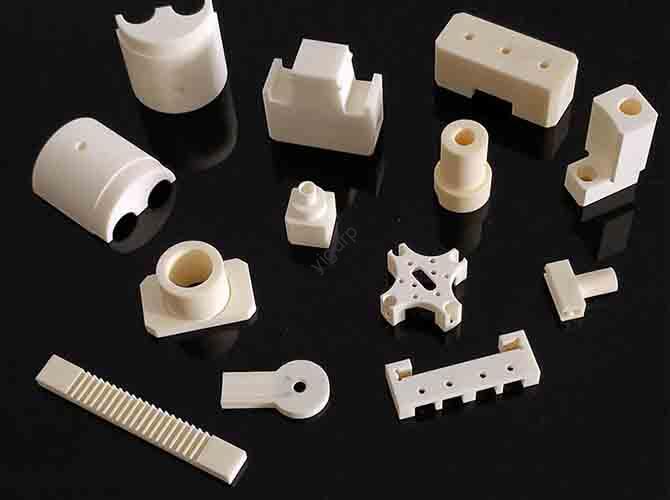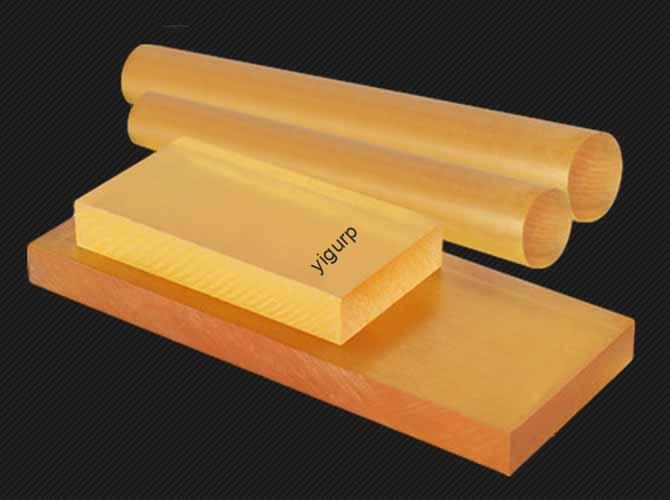¿Cuáles son las herramientas comunes utilizadas en el mecanizado CNC?, Cómo elegirlos?
In CNC machining—whether for aerospace components, dispositivos médicos, or automotive parts—the common tools used in CNC machining directly determine machining efficiency, calidad de la superficie, y costos de producción. Estas herramientas no son una colección aleatoria; están categorizados por función (molienda, perforación, torneado) y adaptado a las propiedades del material (aluminio blando vs. acero duro) y necesidades del proceso (desbaste vs.. refinamiento). […]
